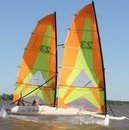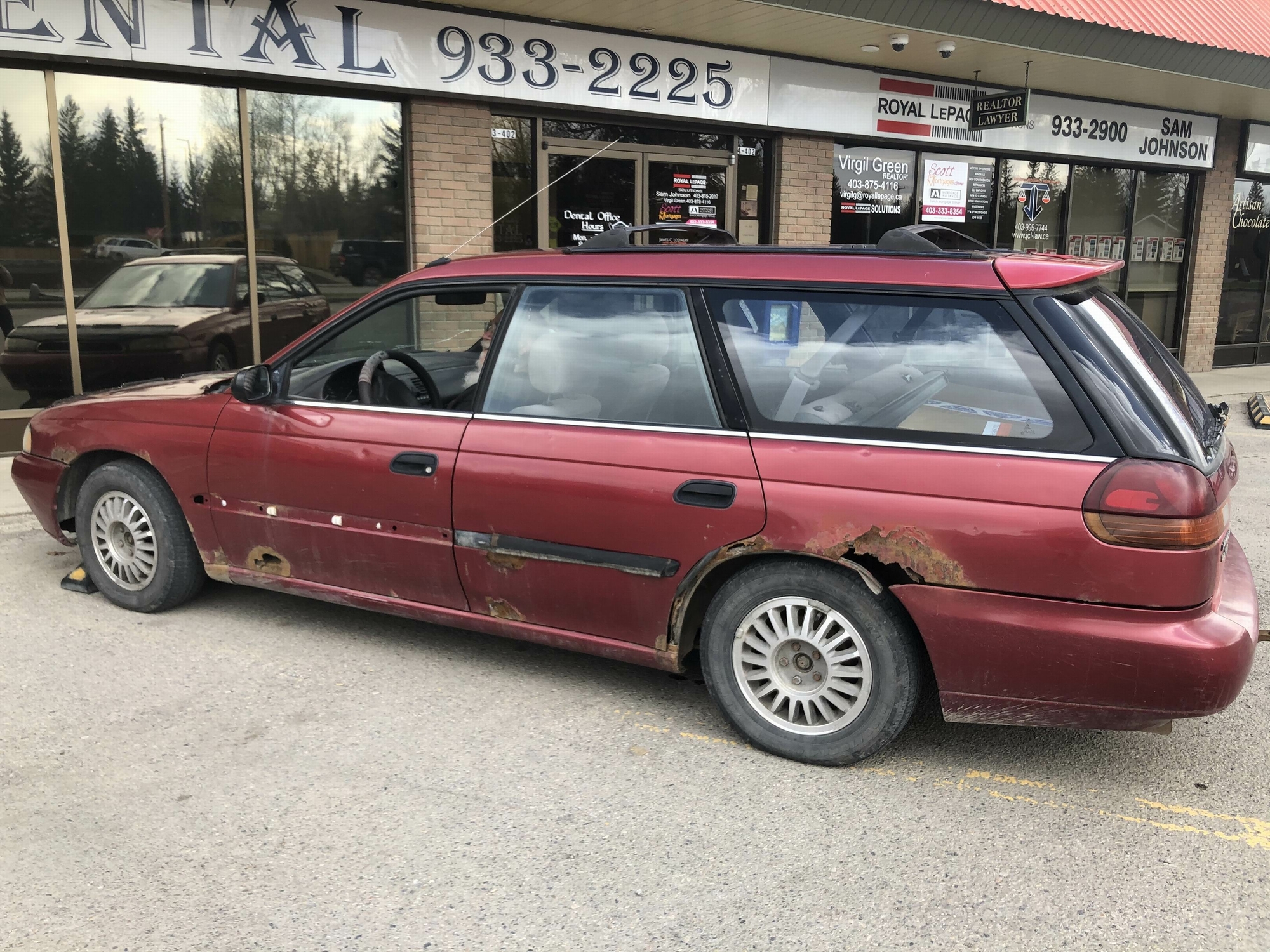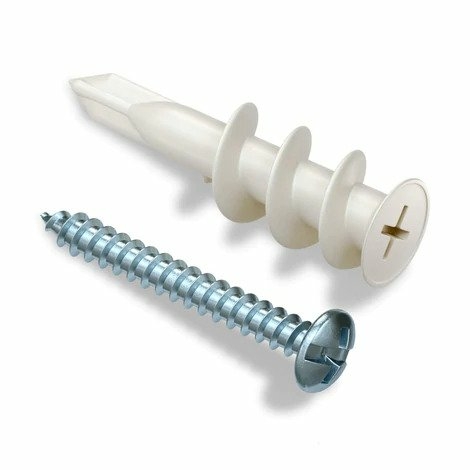-
Posts
846 -
Joined
-
Last visited
-
Days Won
26
Content Type
Profiles
Forums
Gallery
Store
Everything posted by jonathan909
-
If that's correct, and the tolerances are too tight, I can see that all the expensive replacements in the world won't fix it. But the tape-over-the-CEL thing isn't happening. That worked for the Velvet Underground, but otherwise it sounds like pretty bad advice, as that way you don't see the blinks when additional codes are thrown. And we don't have to do (periodic) emissions testing around here, so that's not a consideration, but being able to use one's cruise control - as well as getting decent mileage - is. So I'd like informed opinions on the various fixes appearing around the 'net, because for the most part they appear to be on the edge of bogus. For example: Cleaning out your cat with soapy water. A can of commercial cat cleaner in the gas tank. Putting a spacer between the O2 sensor and the cat. etc.
-
At P+P? You're kidding, right? Those guys are butchers, and you won't find a car in the yard in which the catalytic converter hasn't been pulled by simply chopping through both of the manifold Y-pipes. They don't give a toss. A few years ago I was trying to replace same on my old '95 Legacy - which is tough enough because there are two head variants, one exhaust port or two. The couple of single-port manifolds I found had been destroyed in this manner. I happen to know the manager at the bigger of the (two) Calgary yards (he used to manage one of the electronics disties here in town), and I complained to him as well as up and down the food chain: Please, guys, you can get that cat out with a single cut aft of the flange instead of two in front of it. Nothing changed. They just don't care. Aside from exhaust systems, it's almost impossible to find a good truck (esp. 4x4) driveshaft there because they're utterly careless in forking the cars around. And gas tanks - I think they must have running contests to see how many holes they can punch while draining them.
-
I feel you. Completely understandable to go the extra kilometer and get that baseline peace of mind. Today's fastener coincidence: I'm in the middle of some lightweight front end bodywork on my girls' '05 Mustang ragtop - they clipped a deer last fall, so we're replacing bumper cover, a fender, and a couple of lights. In another case of what-fscking-slob-had-his-mitts-on-this, we found ample evidence of a previous front-end "event", and where there should be a metal plate with three captive studs that anchors the fender, bumper cover, and turn signal together, the old, rusted-out original plates were used, but held together with - wait for it... those big screw-in drywall anchors. And wire ties. Lots of wire ties. Sheeeeeeeee-it.
-
I get the "peace of mind" thing, but I still don't get why people routinely install these kits when there's no evidence of problems with the pump or tensioner and most of the hard components aren't all that failure-prone. When I do timing, if the pump isn't leaking and the tensioner's tensioning, it's the belt and the toothed idler (which has a much higher failure rate than the smooth ones).
-
GD, thanks for that - very interesting and informative. Puts the lie to what we've been told all these years about the importance of friction-modifying additives in ATF. Fwiw, Walmart's house brand Dexron VI / Mercon LV specifically mentions compatibilty with Subaru ATF and ATF HP, so if one insists on playing by the rules it isn't that hard to find after all.
-
Oh. Trademark lawyers. That sheds a whole different light on it. Ask me sometime about why Intel switched to naming (rather than numbering) their chips when the 486 made way for the Pentium... Trivia: Yup, sperm whales, in fact. And it started out as a pretty high percentage, as I recall. They had to get smarter about it when it became obvious that the whales would become extinct if the fluids weren't reformulated.
-

Key Fob
jonathan909 replied to GSL's topic in 1990 to Present Legacy, Impreza, Outback, Forester, Baja, WRX&WrxSTI, SVX
Have to look at the '98 schematic. Something like that draws so little power that there's little sense (from a design standpoint) in dedicating a fuse to it alone. So it's likely that it's on a fused supply rail that also powers other stuff. Better to track down and disconnect the module itself. -

Key Fob
jonathan909 replied to GSL's topic in 1990 to Present Legacy, Impreza, Outback, Forester, Baja, WRX&WrxSTI, SVX
Ahem... My rather extensive diversion into the world of the Alpine system revealed that as the ignition switches get old, they get noisy and the counts become NFG - that's why you can't get an old car to program itself to a fob. So (assuming this is an Alpine) I wouldn't consider the three-cycles-to-turn-off-alarm to be reliable. -

Key Fob
jonathan909 replied to GSL's topic in 1990 to Present Legacy, Impreza, Outback, Forester, Baja, WRX&WrxSTI, SVX
Does the '98 use the Alpine remote? The '99 does - there's one module for the door locks and another for the security. I had a '98 but never bothered to look at it. So if yours does as well, you just have to unplug the security module. They moved it around from year to year, so it's either up underneath the dash or under the parking brake lever. -
Absolutely. Nobody here thinks any less of you for asking. For my part, I too first came here with a "stupid question" that I couldn't get a straight answer to elsewhere, and I stayed because this is where I found clarity. So forget the greasy kid stuff. Get over your nerves and do it the way they tell you to do it. If you start winging it, that's when you're going to be stepping outside of established parameters and getting into trouble.





